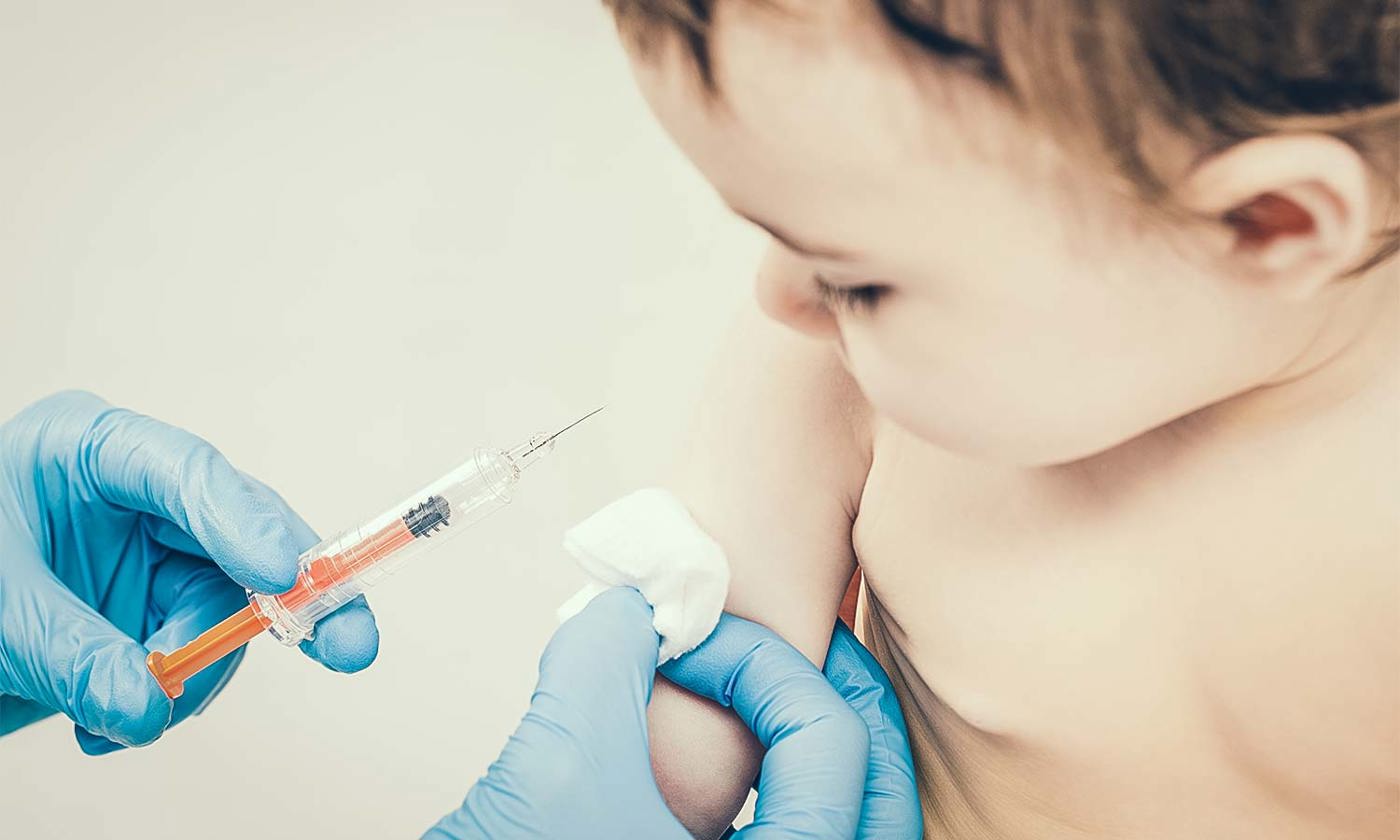Like what you see?
Sign up to receive more free parenting advice.
Thank you for subscribing to our newsletter!
Child Development

Credit: iStock.com/scyther5
Australia has been at the forefront of many health breakthroughs and our public health programs have long been among the best of the world. Take vaccination. Australia has led the way on vaccination and was one of the first countries to introduce vaccines against polio and measles. In 2007, Australia was the first country to fund HPV vaccine for all females aged 12 to 26 years.
Today, almost 94% of Australia's young children aged 12-15 months are fully immunised in the National Immunisation Program (NIP) schedule. This high level of vaccination is vital if we are to maintain so-called ‘herd immunity’ which occurs when very high percentages of a local population have been vaccinated against a particular disease.
The Australian National Immunisation Program is funded by the Australian government and implemented by state and territory departments of health.
Information relating to individual state and territory immunisation programs and schedules can be found below:
- Australian Capital Territory
- New South Wales
- Northern Territory
- Queensland
- South Australia
- Tasmania
- Victoria
- Western Australia
| Vaccine Medical Abbreviation | Diseases |
|---|---|
| Chickenpox | Varicella (chickenpox) is a highly contagious infection caused by the varicella-zoster virus, which is a member of the herpes group of viruses. (http://www.immunise.health.gov.au) |
| DTPa | Immunisation with a DTPa-containing (diphtheria-tetanus-acellular pertussis) vaccine is the best way to reduce the risk of whooping cough in children. (http://www.immunise.health.gov.au) |
| DTPa-IPV | Diphtheria, tetanus, acellular pertussis (whooping cough) and inactivated polio. (http://www.immunise.health.gov.au) |
| Hep A | Hepatitis A is an acute (short-term but quite severe) infection of the liver caused by the hepatitis A virus. (https://www.hepatitisaustralia.com) |
| Hep B | Hepatitis B is the most common liver infection in the world and is caused by the hepatitis B virus. (https://www.hepatitisaustralia.com) |
| Hep B-DTPa-Hib-IPV | Hepatitis B, diphtheria, tetanus, acellular pertussis (whooping cough), Haemophilus influenza type B, inactivated polio. (http://www.immunise.health.gov.au) |
| Hib-MenC | Haemophilus influenzae type B and meningococcal C. (https://www.hepatitisaustralia.com) |
| HPV | Human papillomavirus (HPV can stay in the body for years, causing changes to cells that can lead to a wide range of HPV-related cancers). (http://www.immunise.health.gov.au) |
| Influenza | Influenza (flu). (http://www.immunise.health.gov.au) |
| IPV | Inactivated polio vaccine (IPV) may be used for long term hospitalised infants. (http://www.health.gov.au) |
| MMR | Measles, mumps, rubella. (http://www.immunise.health.gov.au) |
| MMRV | Measles, mumps, rubella, chickenpox. (http://www.immunise.health.gov.au) |
| Pneumococcal conjugate(13vPCV) | A type of pneumococcal vaccine that helps protect against 13 serotypes of the bacterium — the ones that cause the majority of pneumococcal disease in young children. (https://www.cdc.gov) |
| Pneumococcal polysaccharide (23vPPV) | A type of pneumococcal vaccine that helps protect against 23 serotypes of the bacterium and is used on children with medical conditions associated with an increased risk of invasive pneumococcal disease. (https://www.cdc.gov) |
| Rotavirus | The most common cause of severe gastroenteritis in infants and young children, causing around half of all hospitalised cases in children under five years of age. (http://conditions.health.qld.gov.au/) |
Get Advice
Real parents. Real problems. We’re here with a group of leading early learning and parenting professionals to answer your questions.




